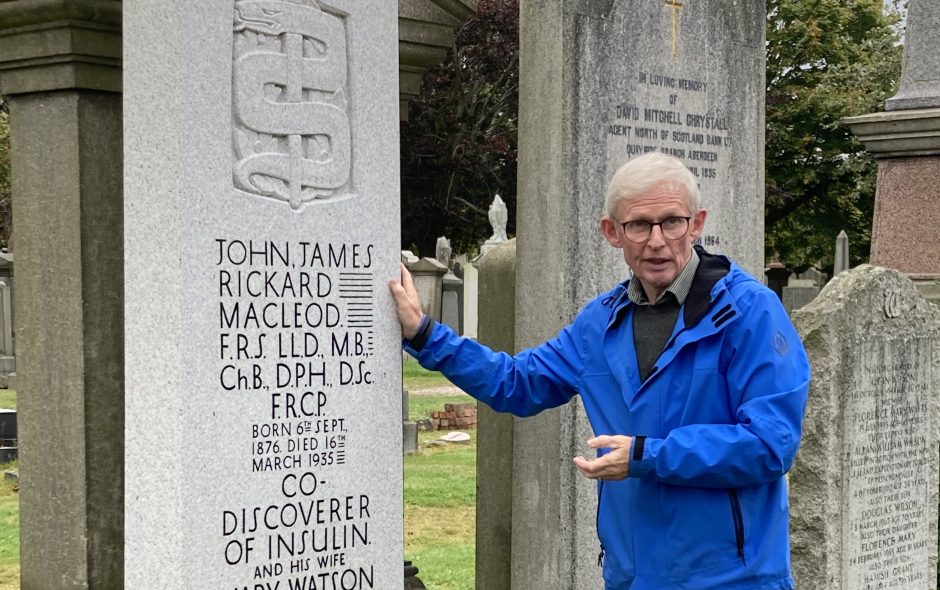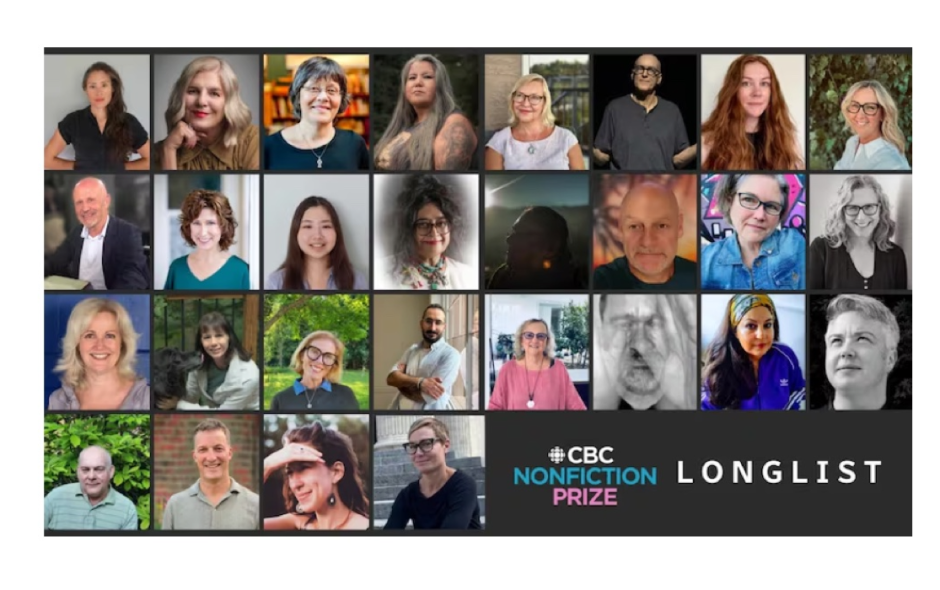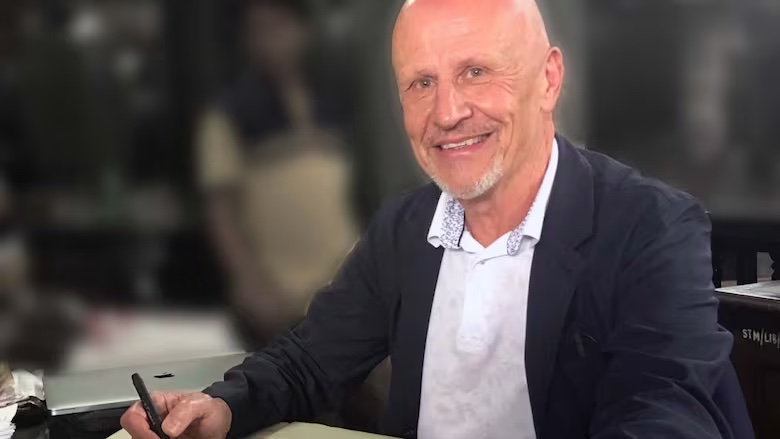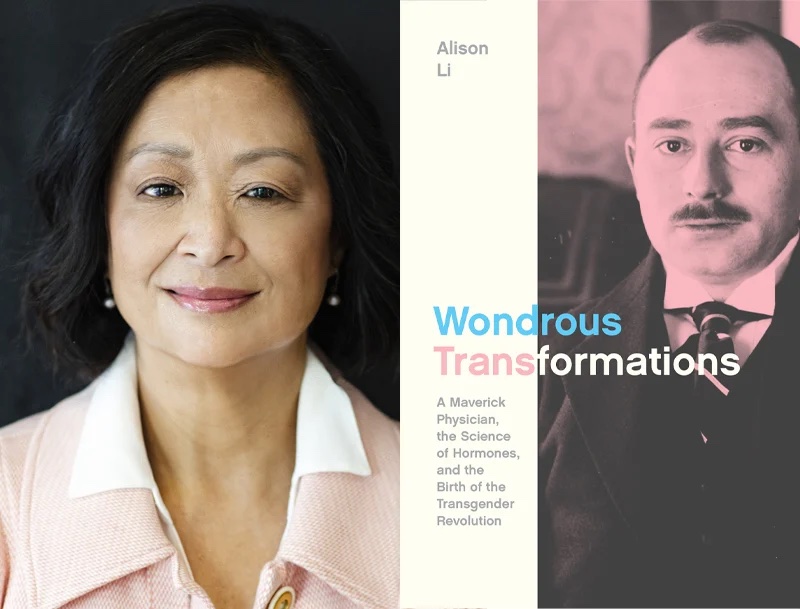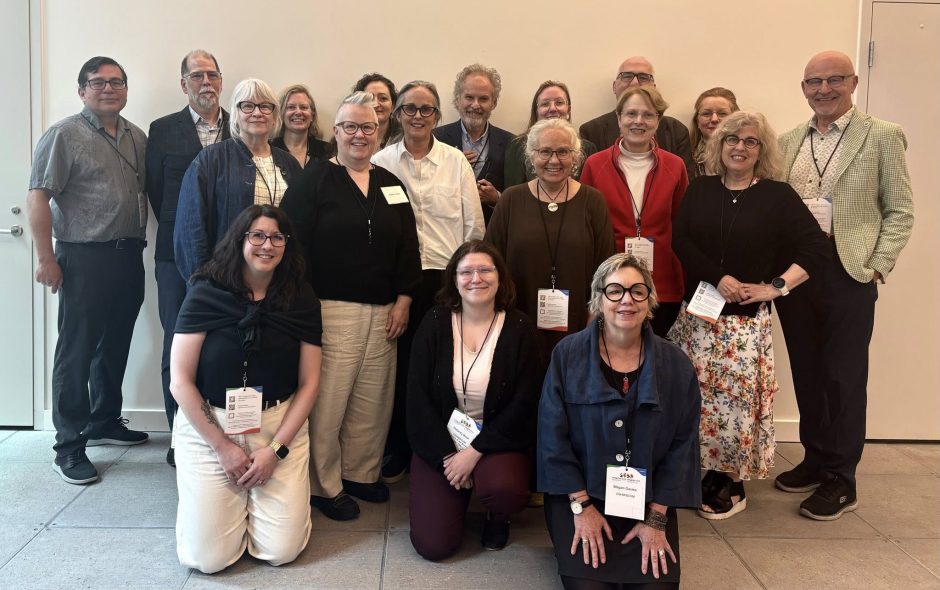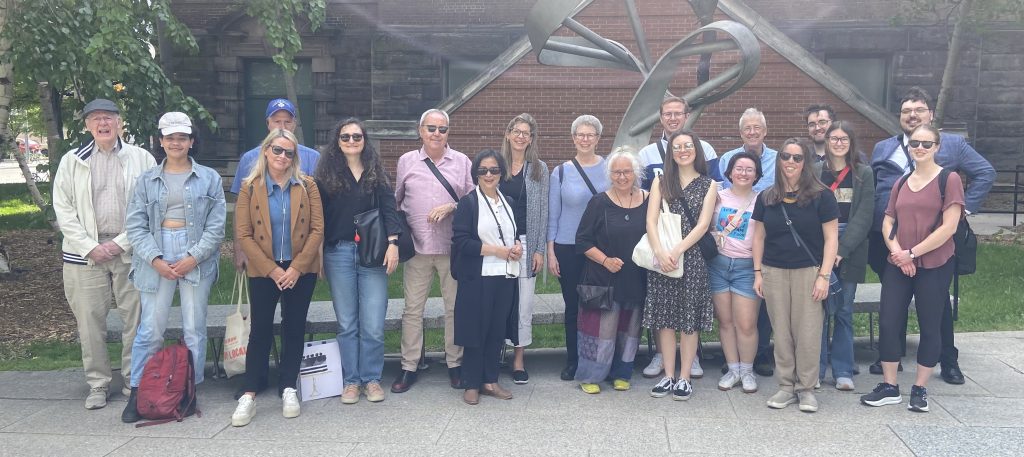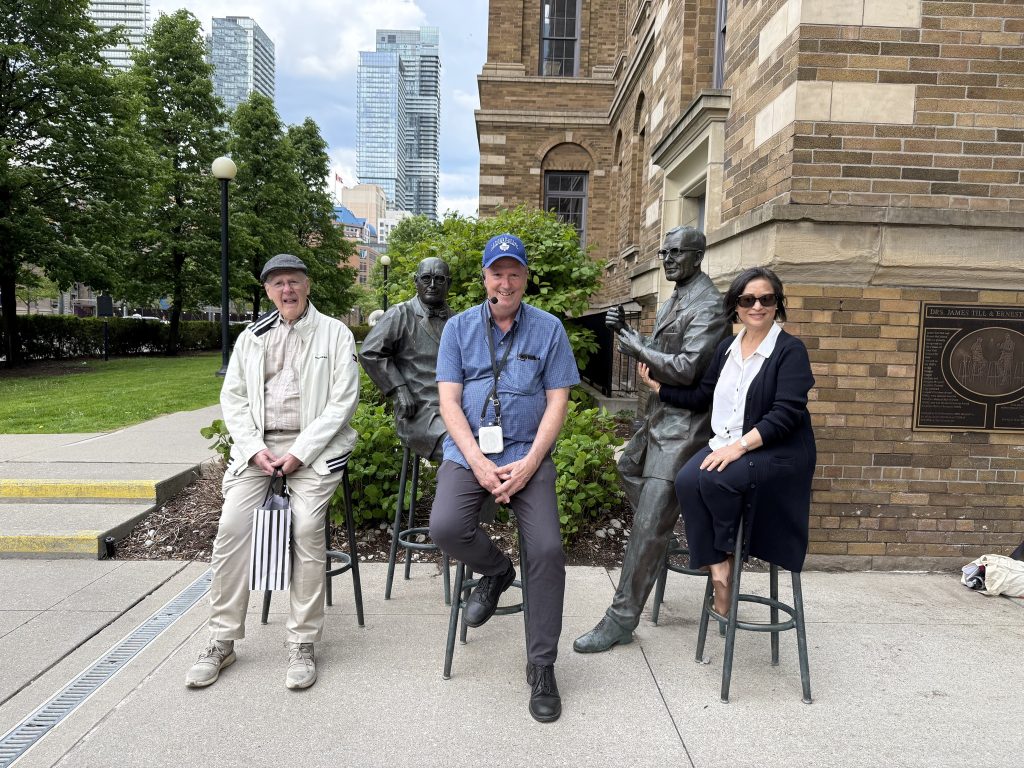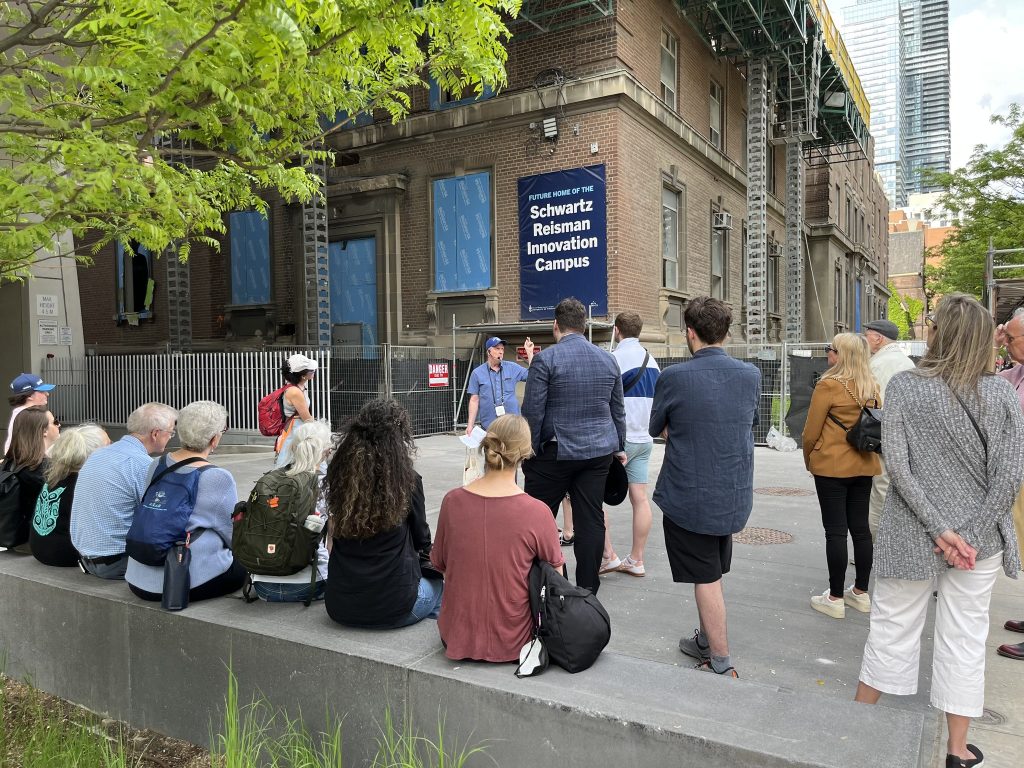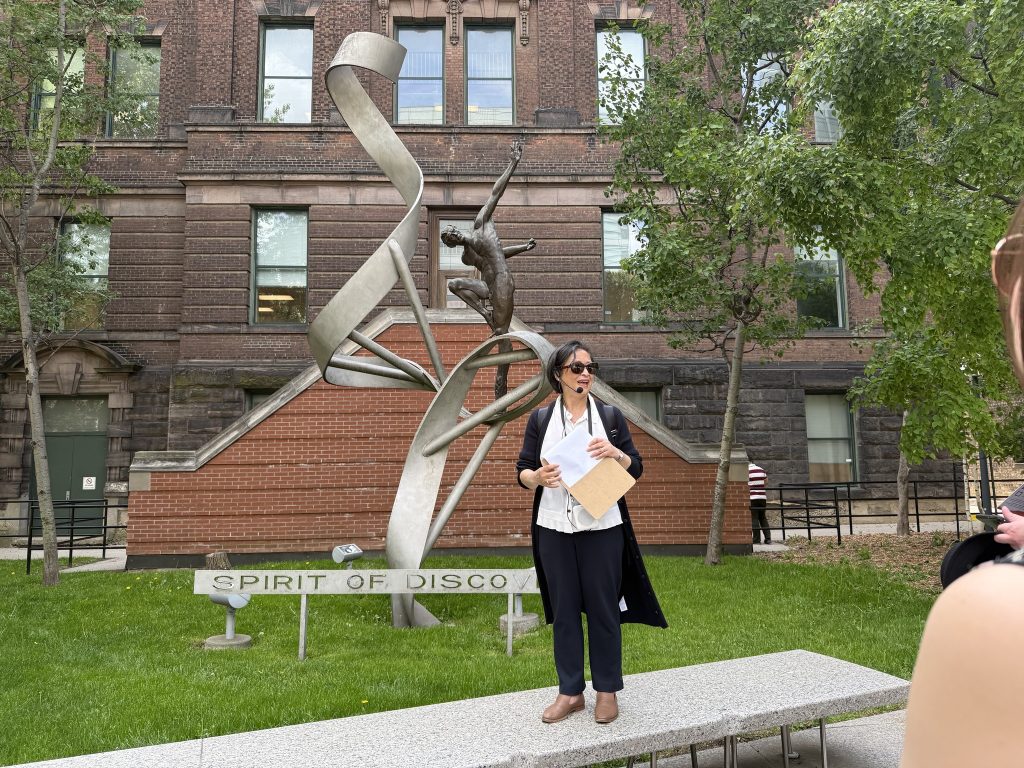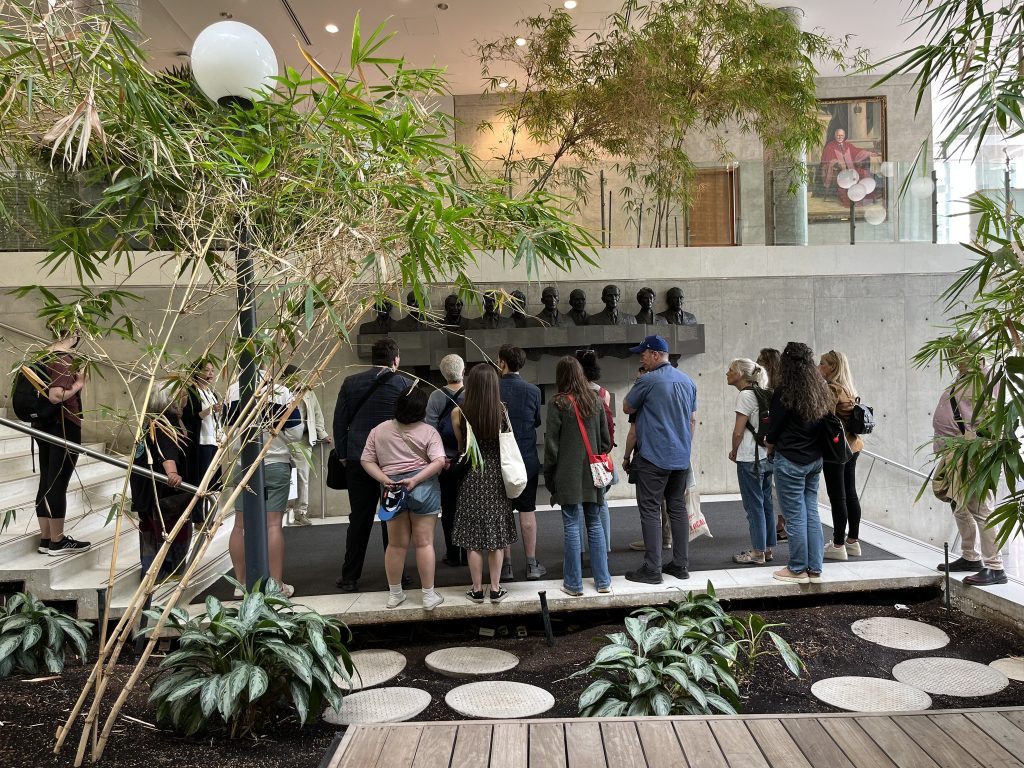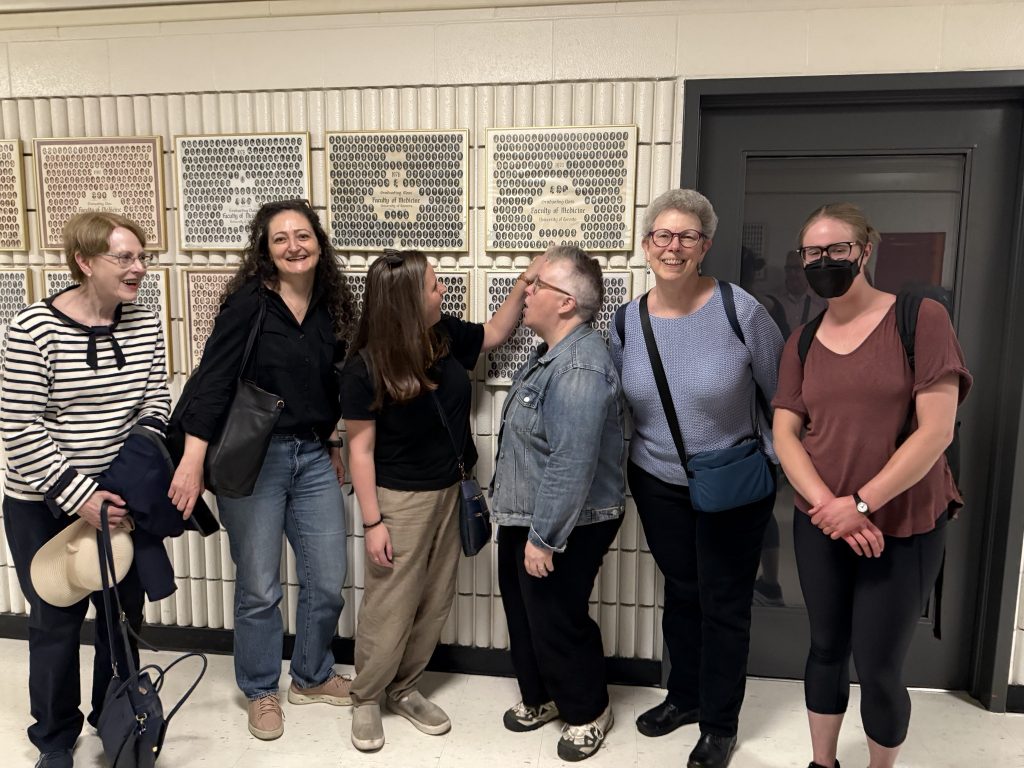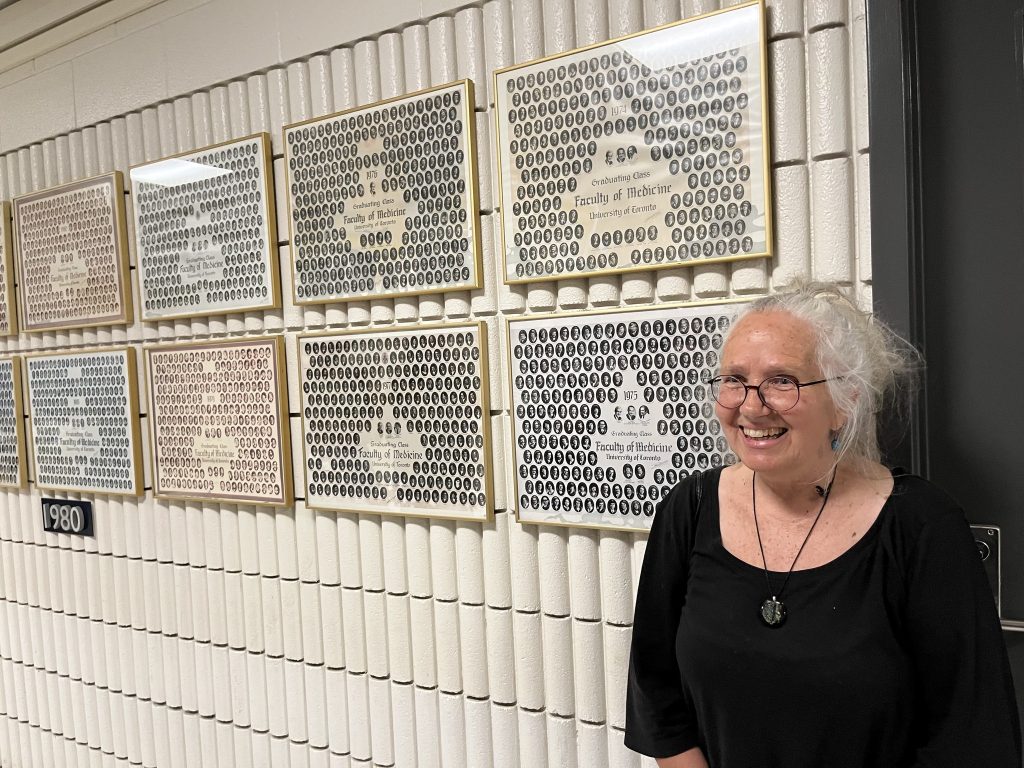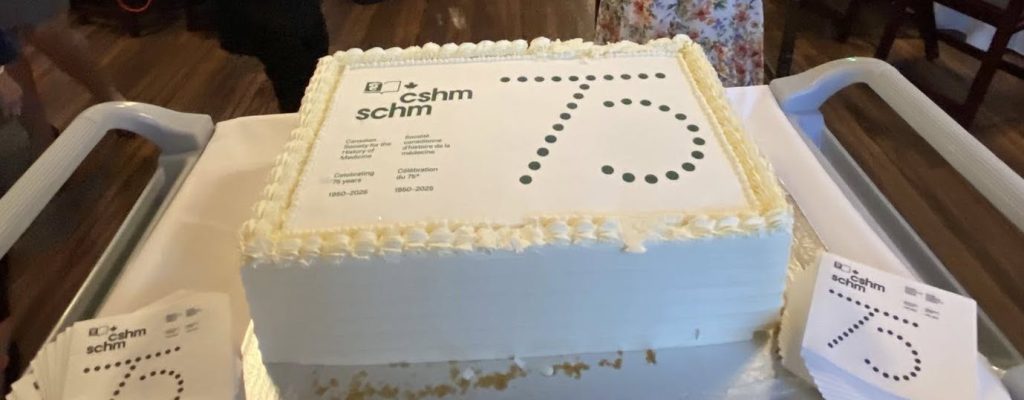Good friend of our club, Dr Kenneth McHardy of Aberdeen, has published a wonderful article, “Realigning history: The Toronto Four insulin discovery team,” in the Journal of the Royal College of Physicians of Edinburgh. McHardy describes the decades of effort made to properly recognize the role Professor JJR Macleod played in the insulin discovery of 1921-23 in Toronto. Through the work of John Otto and Kimberlie Hamilton, a striking memorial statue of Macleod was created in Aberdeen’s Duthie Park. Last September 2024, the Toronto Medical Historical Club was proud to participate in a celebration marking the addition of four bronze plaques memorializing the “Toronto Four”–Frederick Banting, Charles Best, JB Collip and JJR Macleod–the collaborators who gave clinically-useful insulin to the world.
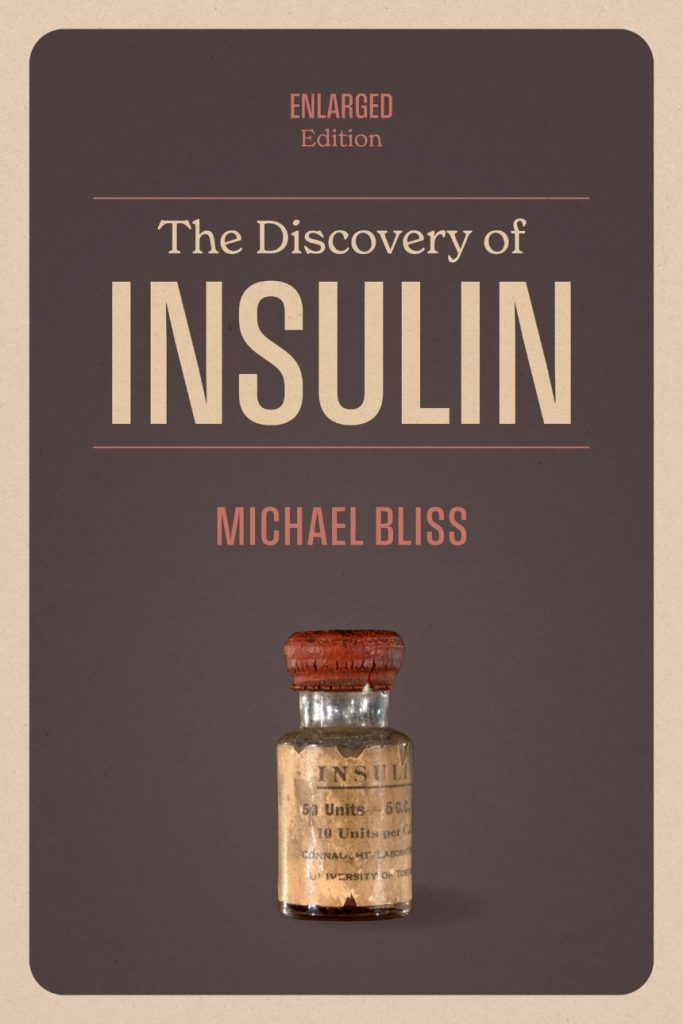
This month also marks the publication of a new edition of Michael Bliss’s classic work, The Discovery of Insulin by the University of Chicago Press. This enlarged edition features a new preface written by Bliss shortly before his death in 2017 and a foreword by Alison Li.
Bliss’s riveting work tells the story of one of the most significant breakthroughs in modern medicine, one that has saved the lives of hundreds of millions of people living with diabetes. The collaboration of Frederick Banting, Charles Best, James Bertram Collip and John James Rickard Macleod in Toronto from 1921-23 was at times fractious, but proved key to the ultimate success of their venture. The Discovery of Insulin remains the definitive account of these remarkable events, and with this new edition, it is sure to captivate a new generation of readers.
